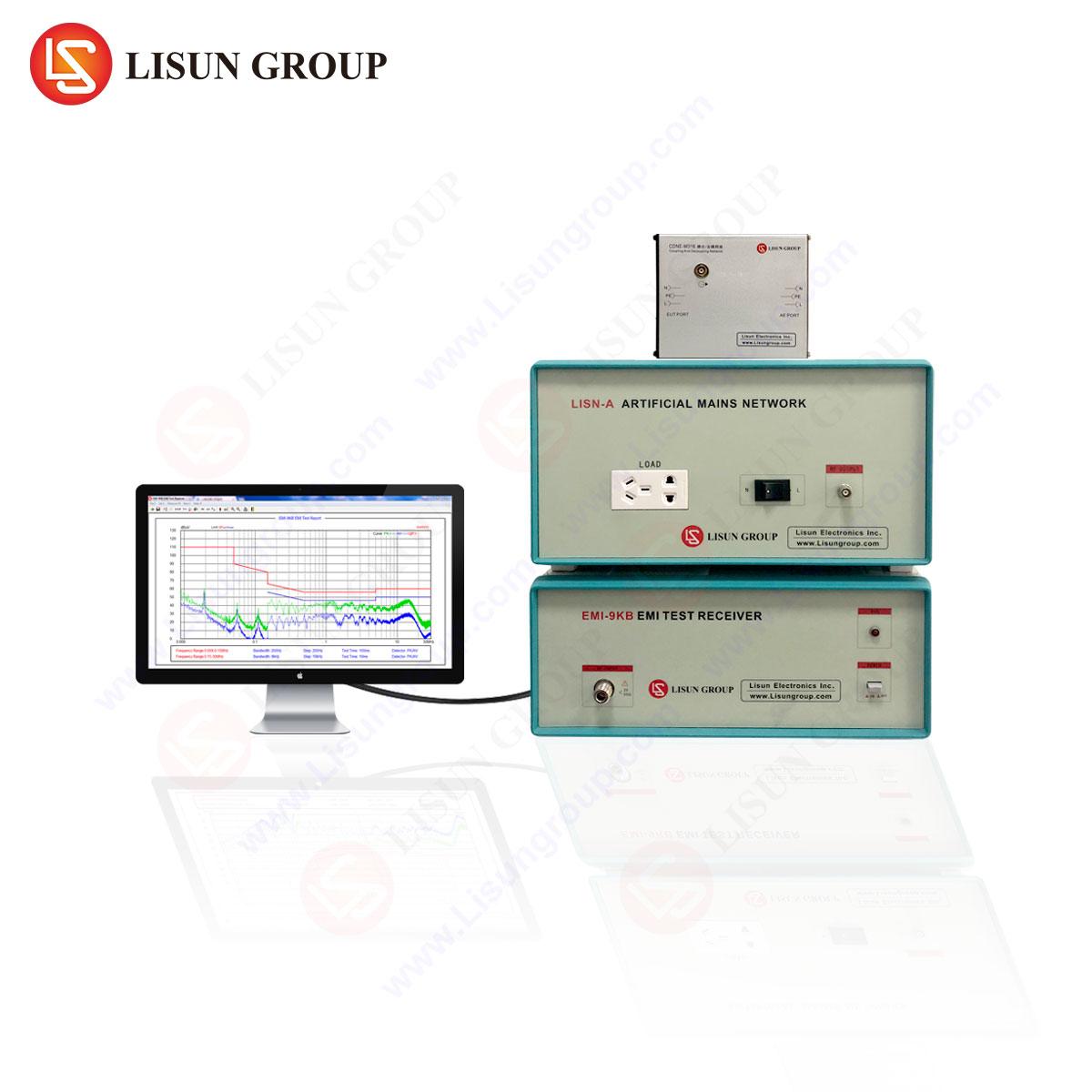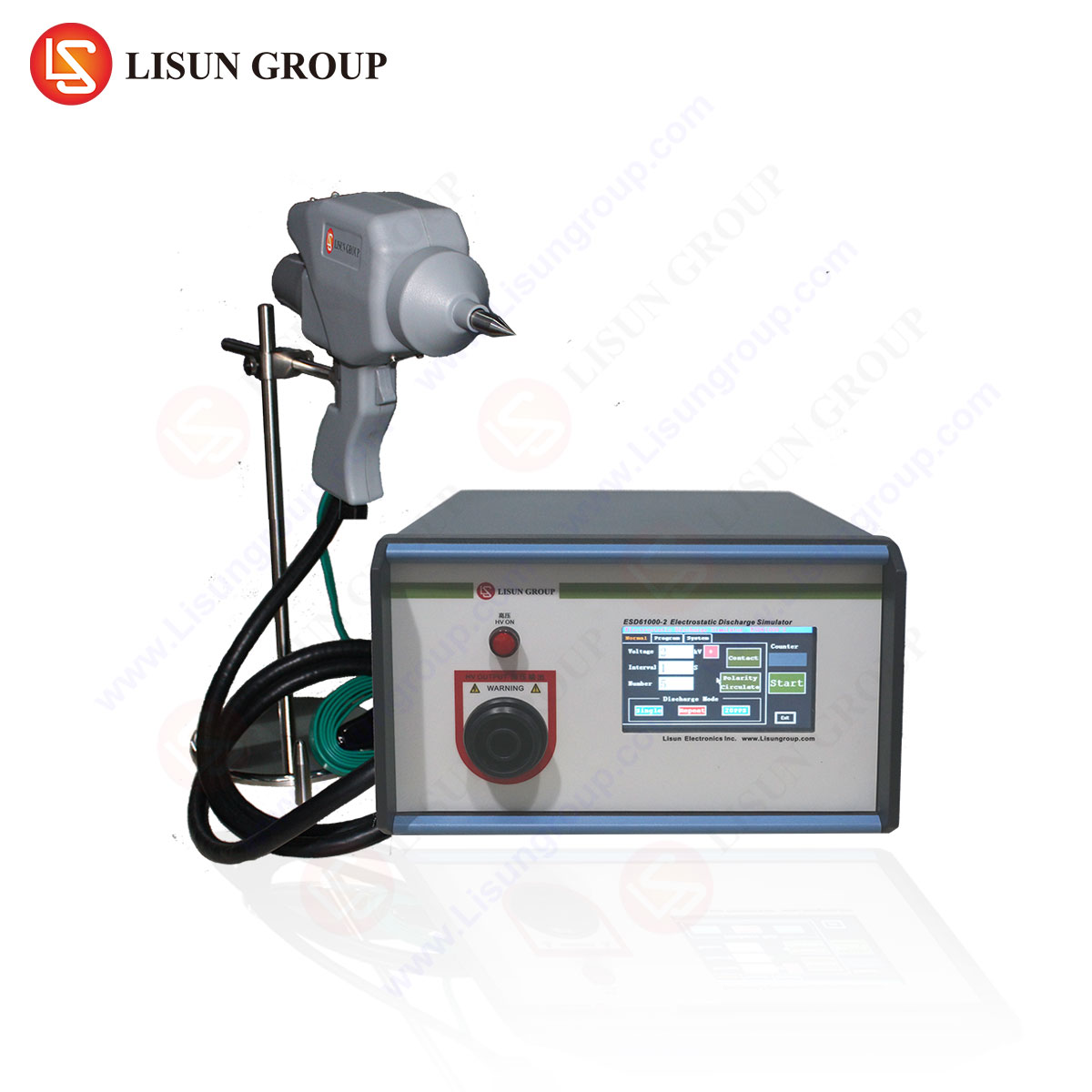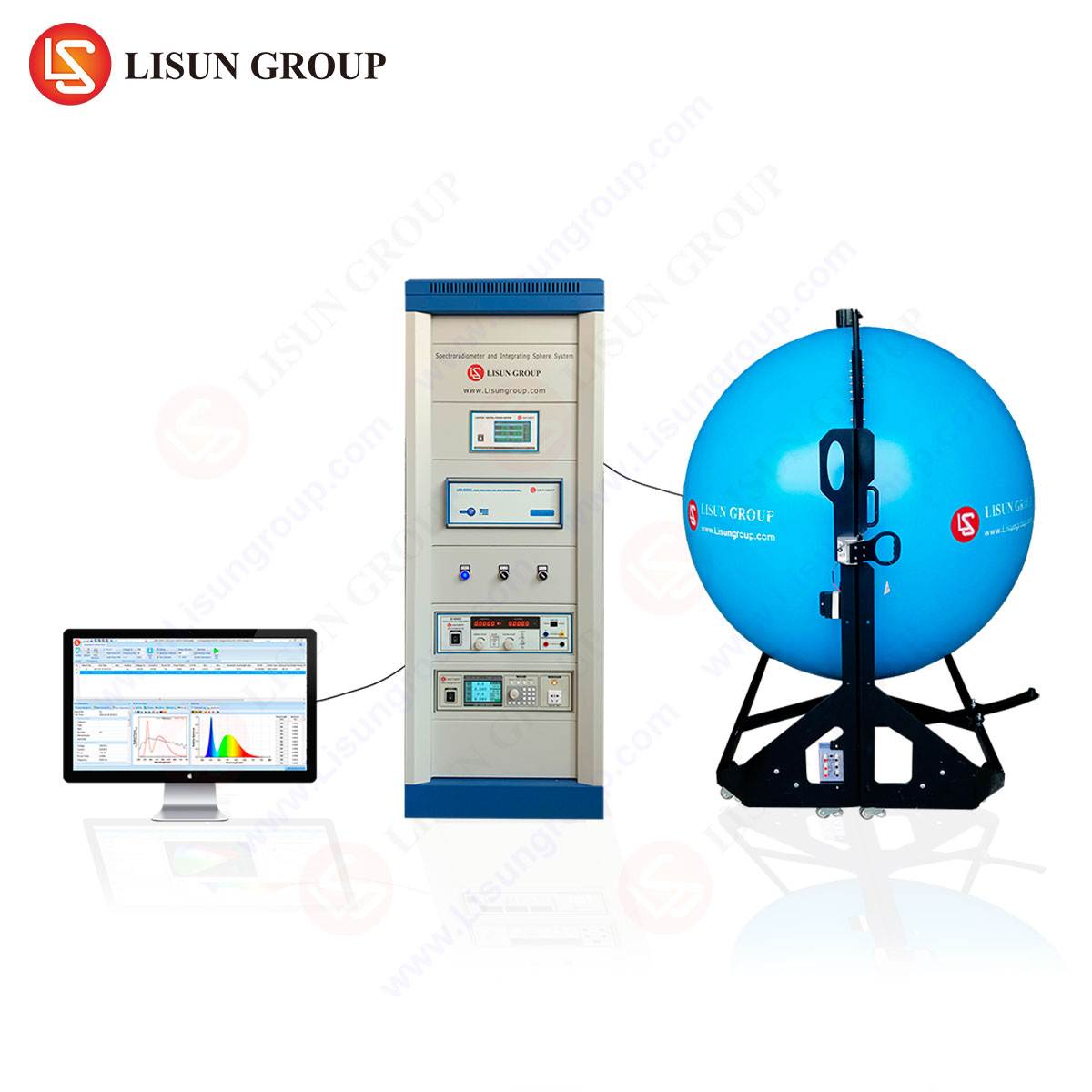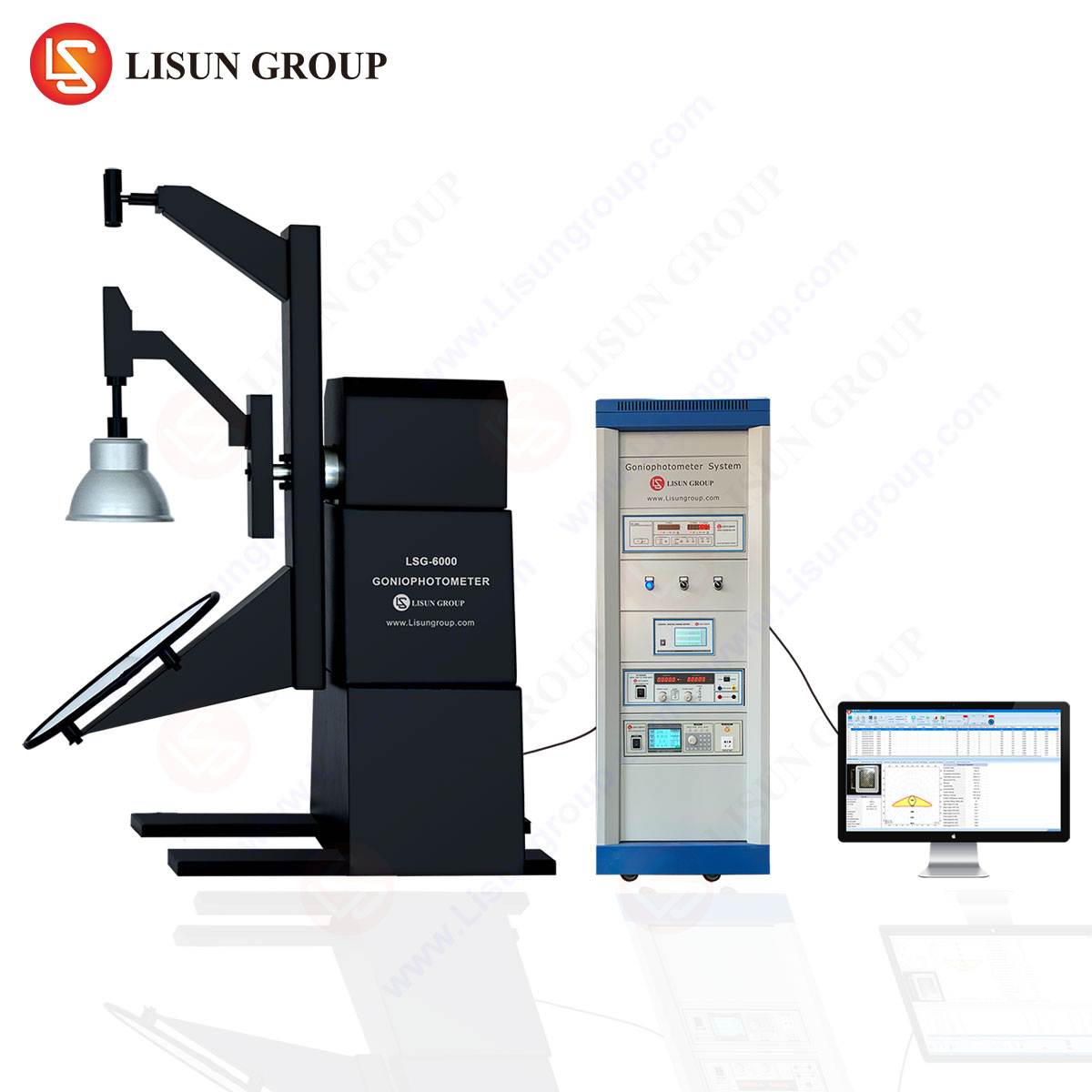The Critical Role of Surge Immunity Testing in Modern Electronic System Validation
Introduction to Electrical Transient Threats
The operational integrity of electronic and electrical systems across diverse industrial and consumer sectors is perpetually challenged by transient overvoltages, commonly termed surges or impulses. These high-amplitude, short-duration electrical events can originate from both external sources, such as lightning strikes inducing currents on power lines and communication cables, and internal sources, including the switching of heavy inductive loads like industrial motors or power transformers. The consequence of insufficient protection against such transients ranges from gradual degradation of component lifespan to immediate, catastrophic failure, resulting in operational downtime, safety hazards, and significant financial loss. Surge Immunity Testing, therefore, constitutes a fundamental pillar of Electromagnetic Compatibility (EMC) validation, serving to verify a device’s resilience against these simulated real-world disturbances. This rigorous testing process, governed by international standards, ensures that products from household appliances to spacecraft avionics can withstand specified surge levels without performance degradation.
Fundamental Principles of Surge Waveform Generation
The technical foundation of surge immunity testing is the precise generation of standardized voltage and current waveforms that model the characteristics of real-world transients. Two primary waveforms are universally recognized. The Combination Wave, defined in standards such as IEC 61000-4-5, is the most prevalent. It is characterized by a 1.2/50 μs open-circuit voltage wave and an 8/20 μs short-circuit current wave. This dual definition accounts for the generator’s output under different load conditions, simulating both the voltage stress imposed on insulation and the current stress on protective components like Metal-Oxide Varistors (MOVs) or Transient Voltage Suppression (TVS) diodes. The second critical waveform is the 10/700 μs wave, specifically designed to simulate transients induced by lightning on long-distance communication and signaling lines, such as those found in telecommunication networks and rail signaling systems.
The generation of these waveforms requires a sophisticated circuit capable of storing a high amount of energy and releasing it in a controlled, repeatable manner. A classical surge generator comprises a high-voltage DC charging supply, energy storage capacitors, waveform shaping networks (including resistors and inductors), and a high-voltage switch, typically a gas discharge tube or a thyratron. The test execution involves coupling the generated surge onto the Equipment Under Test (EUT) via various paths: Line-to-Earth, Line-to-Line, and for communication ports, via specialized Coupling/Decoupling Networks (CDNs). The CDN serves the dual purpose of applying the surge to the EUT while protecting the auxiliary equipment and the mains supply from damage.
Architectural Overview of the LISUN SG61000-5 Surge Generator
The LISUN SG61000-5 Surge Generator represents a state-of-the-art implementation of these testing principles, engineered to meet and exceed the requirements of major international standards including IEC 61000-4-5, ISO 7637-2, and other related norms. Its architecture is designed for precision, reliability, and operational efficiency in demanding laboratory environments. At its core, the instrument features a fully programmable high-voltage power supply and a multi-stage energy storage and pulse-forming network. This allows for the generation of the standard Combination Wave (1.2/50 μs & 8/20 μs) with a maximum open-circuit voltage of 6.6 kV and a short-circuit current of 3.3 kA, as well as the Communication Wave (10/700 μs) up to 6.6 kV.
A key differentiator of the SG61000-5 is its integrated test sequencer and comprehensive safety interlock system. The instrument can store multiple test plans, each defining surge parameters (voltage level, polarity, phase angle synchronization with the AC power line), coupling methods, and the number of surges to be applied. This programmability is critical for automating compliance testing, which often requires hundreds of surges at different polarities and on various ports. The phase angle synchronization feature is particularly vital for testing power equipment and industrial drives, as it allows the surge to be injected at the peak of the AC mains voltage, representing the most severe stress condition for the EUT’s input rectifier stage.
Table 1: Key Specifications of the LISUN SG61000-5 Surge Generator
| Parameter | Specification |
| :— | :— |
| Output Voltage (Open Circuit) | 0.2 – 6.6 kV (1.2/50 μs) |
| Output Current (Short Circuit) | 0.1 – 3.3 kA (8/20 μs) |
| Output Voltage (10/700 μs) | 0.2 – 6.6 kV |
| Polarity | Positive / Negative, programmable |
| Phase Angle Synchronization | 0° – 360°, relative to AC mains |
| Coupling Modes | Line-Earth, Line-Line (L/N/PE) |
| Compliance Standards | IEC/EN 61000-4-5, ISO 7637-2, and others |
Application in Industrial Equipment and Power Systems Validation
In the domain of industrial automation and power systems, surge immunity is not merely a compliance checkbox but a fundamental safety and reliability requirement. Programmable Logic Controllers (PLCs), variable frequency drives (VFDs), and industrial motor controllers are routinely subjected to transients generated by the switching of nearby contactors, solenoids, and large motors. Testing an industrial VFD with the SG61000-5 involves applying a series of Combination Wave surges to its main power input terminals (L-E, N-E, L-N) at specified test levels, such as 2 kV for Line-to-Earth and 1 kV for Line-to-Line, as per Level 3 of IEC 61000-4-5. The EUT is monitored for any disruption in its control logic, unintended changes in motor speed, or damage to its DC bus capacitors and IGBT power modules. The ability of the SG61000-5 to synchronize surges with the AC waveform peak is crucial here, as it directly tests the robustness of the drive’s input bridge rectifier and inrush current protection circuitry.
Ensuring Reliability in Medical and Automotive Electronics
The medical device and automotive industries impose some of the most stringent surge immunity requirements due to the critical nature of their applications. A patient vital signs monitor or an infusion pump must remain fully operational during and after a surge event to ensure patient safety. Testing these devices involves not only power port surges but also surges applied to any external data ports, such as Ethernet or USB connections used for data logging or network integration. The SG61000-5, with its optional CDNs for data lines, facilitates this multi-port testing. The verification criteria for a Class II medical device (non-life-supporting) may allow for temporary performance degradation but must preclude unsafe operating states.
In the automotive sector, the ISO 7637-2 standard defines specific transient pulses that mimic load-dump events (when the battery is disconnected while the alternator is still charging) and switching transients from inductive loads. While not a direct replacement for a dedicated ISO 7637-2 tester, the SG61000-5’s capability to generate high-energy, slow-decaying pulses makes it suitable for validating the robustness of onboard chargers (OBCs) for electric vehicles and critical electronic control units (ECUs) against these types of events, supplementing the standard compliance test regimen.
Testing Methodologies for Communication and Audio-Video Equipment
Communication transmission equipment, such as network switches, routers, and base station transceivers, is highly susceptible to surges induced on long outdoor cable runs. The 10/700 μs waveform generated by the SG61000-5 is specifically designed for this threat. Testing an Ethernet switch, for example, requires coupling the surge via a specialized CDN to the data lines while the equipment is under operational load, transferring data. The performance criterion is typically that the device should not drop its network connection or require a manual reset. Similarly, in audio-video equipment, such as professional mixing consoles or broadcast equipment, surges can be coupled through signal lines, microphone inputs, or antenna ports, causing audible pops, video artifacts, or permanent damage to sensitive input stages. The test validates the effectiveness of the equipment’s internal protection circuits on its various interfaces.
Validation of Surge Protective Devices and Component-Level Analysis
Beyond finished product testing, the SG61000-5 is an indispensable tool for the research, development, and qualification of Surge Protective Devices (SPDs) and individual electronic components. When characterizing a new TVS diode or MOV, the generator is used to subject the component to a series of increasing surge currents while monitoring its clamping voltage and leakage current. This data is used to plot the device’s V-I characteristics and determine its energy absorption capability (using the integral of V*I over the pulse duration). For SPD manufacturers, the generator can perform duty-cycle tests, applying a sequence of surges to verify that the protector can withstand multiple events without failure and that its fail-safe mechanisms (e.g., thermal disconnectors) function correctly. This component-level testing is fundamental to the reliability of end-products across all industries, from power tools to instrumentation.
Advanced Capabilities: Programmable Sequences and Data Integrity
The transition from manual, single-pulse testing to automated, multi-parameter test sequences represents a significant advancement in laboratory efficiency and test thoroughness. The LISUN SG61000-5 excels in this domain with its advanced programmability. A single test sequence can be configured to apply, for instance, five positive and five negative surges at 0°, 90°, 180°, and 270° on the AC line, on both Line-to-Earth and Line-to-Line coupling modes, for a total of 80 surges. This automation eliminates operator error and ensures consistent, reproducible results, which is a cornerstone of accredited laboratory testing.
Furthermore, the instrument’s ability to log test parameters and results for each surge is critical for failure analysis. If an EUT fails on the 43rd surge, the test report will detail the exact conditions of that surge (voltage, polarity, phase angle, coupling mode), allowing design engineers to pinpoint the weak point in the circuit. This data integrity is paramount when testing high-value equipment in the rail transit, aerospace, and power equipment sectors, where a failure analysis must be rigorous and evidence-based.
Comparative Advantages in a Demanding Market
The landscape of surge immunity test equipment is competitive, with several established manufacturers. The LISUN SG61000-5 distinguishes itself through a combination of performance, usability, and integration. Its competitive advantages include a wide output range that covers nearly all commercial and industrial test levels, a highly intuitive user interface that reduces operator training time, and robust construction that ensures long-term calibration stability. Unlike some systems that require external oscilloscopes and current probes for waveform verification, the SG61000-5 often features integrated verification systems, simplifying the mandatory periodic calibration process. For manufacturers serving global markets, the instrument’s compliance with a broad set of international standards provides a single-platform solution for validating products against the requirements of Europe (EN), North America (ANSI), and Asia.
Conclusion
Surge Immunity Testing remains a non-negotiable element of product validation, a final proving ground before electronic systems are deployed into electrically hostile environments. The sophistication of this testing must keep pace with the proliferation of sensitive electronics in every facet of modern life. Instruments like the LISUN SG61000-5 Surge Generator provide the necessary precision, power, and programmability to meet this challenge, enabling engineers across the lighting, industrial, medical, automotive, and telecommunications industries to design and validate products that are not only compliant but inherently robust and reliable. As technology evolves, the principles of surge immunity and the tools to verify it will continue to be a critical defense against the unpredictable nature of electrical transients.
Frequently Asked Questions (FAQ)
Q1: What is the significance of phase angle synchronization in surge testing, and when is it required?
Phase angle synchronization controls the precise point on the AC mains waveform at which the surge is injected. This is critically important for testing equipment with switching power supplies. Injecting a surge at the peak of the AC voltage (90°) represents the worst-case scenario for stress on input rectifiers and capacitors. Standards like IEC 61000-4-5 often mandate testing at multiple phase angles (e.g., 0°, 90°, 180°, 270°) to ensure comprehensive coverage of all potential stress conditions within the EUT’s power supply circuitry.
Q2: For a product with both AC power and Ethernet ports, what is the standard testing procedure?
The product must be tested for surges on all relevant ports. Typically, the AC power port is tested using the 1.2/50 μs – 8/20 μs Combination Wave, while the Ethernet port is tested using the 10/700 μs wave to simulate lightning-induced transients on long cables. These tests are performed sequentially with the equipment in full operational mode. The test standard (e.g., the generic standard IEC 61000-6-1 or a product-family standard) will specify the exact test levels and performance criteria for each port.
Q3: How does the SG61000-5 handle the testing of DC-powered equipment, such as that found in automotive or telecommunications applications?
The SG61000-5 is fully capable of testing DC-powered equipment. It requires an external DC coupling/decoupling network (CDN) that is designed for the specific DC voltage and current rating of the Equipment Under Test (EUT). This external CDN is connected between the surge generator and the EUT’s DC supply lines, allowing surges to be applied in Line-to-Earth and Line-to-Line modes on the DC input, while isolating the surge energy from the laboratory DC power source.
Q4: What is the difference between a “soft failure” and a “hard failure” during surge immunity testing?
A “hard failure” is a permanent malfunction requiring repair or component replacement, such as a burnt PCB trace, a shorted semiconductor, or a blown fuse. A “soft failure” is a temporary loss of function or performance degradation from which the equipment recovers automatically, such as a microcontroller reset, a momentary display blanking, or a communication error that self-corrects. The applicable product standard defines which, if any, soft failures are permissible.
Q5: Why is periodic calibration of a surge generator like the SG61000-5 essential?
The accuracy of the generated surge waveforms (rise time, duration, amplitude) is fundamental to the validity of the test. Over time, components can age, and performance can drift. Periodic calibration, typically annually, against traceable national standards ensures that the generator produces waveforms within the tight tolerances specified by international standards (e.g., ±10% for amplitude). This guarantees that test results are reliable, reproducible, and recognized by certification bodies worldwide.







